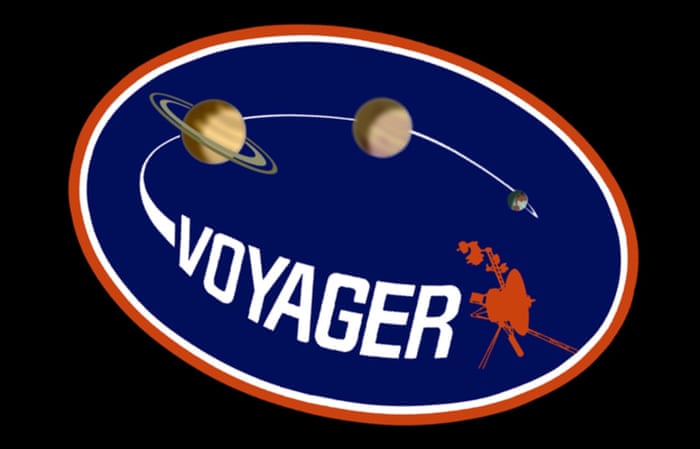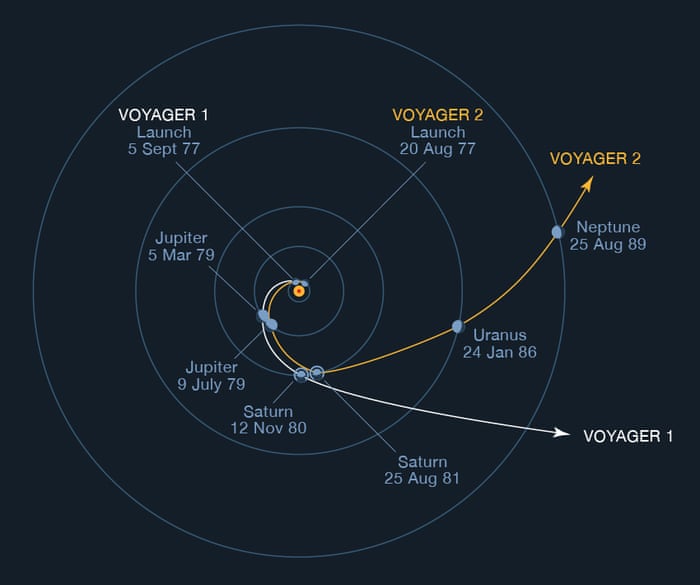For Sale: NASA Space Shuttle
Condition: 27 years old, 150 million miles traveled, somewhat dinged but well maintained.

NASA/Getty Images
The space shuttle Discovery on its 39th and final flight.
Price: $0.
Dealer preparation and destination charges: $28.8 million.
So, does anyone want to buy a used space shuttle?
Yes, it turns out. This old vehicle — the space shuttle Discovery — is an object of fervent desire for museums around the country, which would love to add it or one of its mates, the Endeavour and the Atlantis, to their collections. (Financing terms can be arranged with NASA.)
The Discovery is to return from orbit on Wednesday, concluding its 39th flight and its space-faring career, but it will make at least one more ascent — piggyback on a 747 airplane — to its resting place for public display. NASA will announce the final destinations for the three soon-to-be-retired shuttles on April 12, the 30th anniversary of the first space shuttle launching.
Some of the competing institutions have been campaigning energetically.
The visitor center at NASA’s Johnson Space Center in Houston hired a marketing firm and set up a Web site, bringtheshuttlehome.com. Houston, the marketers argue, is the location of NASA’s Mission Control, which guides the shuttles during flight. For the Texans, owning a space shuttle would be “the modern-day equivalent of housing Columbus’ famed ships — the Nina, the Pinta or the Santa Maria,” the Web site states.
The Intrepid Sea, Air and Space Museum in Manhattan has collected more than 150,000 names on a petition urging that one of the shuttles be placed there. “New York City would make an ideal home for one of these retiring shuttles,” the campaign asserts, noting that the spacecraft would be “prominently displayed” on Pier 86 in Manhattan.
The Museum of Flight in Seattle has perhaps gone the furthest: this week, it erected the first wall of a new $12 million wing to house the shuttle it may never get. The museum’s “shuttle boosters” Web site argues that Seattle has “the right stuff” because the Boeing 747 was built there and 27 shuttle astronauts have called Washington home. (Officials at the Seattle museum say they have planned for the possibility of not getting a shuttle and would fill the space with other space artifacts.)
No one knows if these efforts, or dueling letters from various members of Congress, are exerting any sway on the top decision-maker at NASA, Maj. Gen. Charles F. Bolden Jr., who has said that he alone will decide where the shuttles end up.
NASA says that 21 institutions have submitted proposals.
“We’re waiting,” said Susan Marenoff, president of the Intrepid Museum. “We’re hoping.”
Other hopefuls include the Kennedy Space Center in Florida, the launching site of all of the shuttle missions; the California Science Center in Los Angeles; and the Museum of the United States Air Force, near Dayton, Ohio, which got a boost from President Obama’s budget request for 2012 seeking $14 million to send a shuttle there.
“There are more favorites than there are shuttles,” said Robert Pearlman, editor of CollectSpace.com, a Web site for space history enthusiasts.
One museum that has been mum is the Smithsonian’s National Air and Space Museum. But that is because NASA already offered it the Discovery three years ago, and most expect the Discovery will go there. After concerns last year that the Smithsonian could not afford $28.8 million, Congress, in a budget bill passed in December, included a clause that specifically excuses the Smithsonian from those costs. If NASA offered a shuttle to the Smithsonian, the bill decreed, it would be “at no or nominal cost.”
The Smithsonian, however, has been reticent about its intentions, and a spokeswoman offered only a short statement: “The museum is involved in discussions with NASA about transfer of the orbiter and other artifacts from the shuttle program. The final disposition of shuttle artifacts will be the decision of NASA.”
After the Discovery lands, only two shuttle flights remain. The Endeavour is scheduled to launch in April, and the Atlantis in June. Then the three will become museum pieces, with delivery expected next year. Each weighs about 170,000 pounds and is 122 feet long, with a wingspan of 78 feet.
There is also a fourth orbiter, the Enterprise, which was used for early glide tests but never went to space. The Air and Space Museum has the Enterprise on display at its spacious Steven F. Udvar-Hazy Center near Washington-Dulles Airport. If the Discovery goes to the Smithsonian as expected, the Enterprise would likely get bumped to a new home, a consolation prize for one of the museums that did not receive a space-traveled shuttle.
A couple of years ago, NASA inquired if any museums or other institutions had an interest in acquiring one of the three flying space shuttles. Potential bidders were told that educational programs had to accompany the exhibits, and that the shuttles had to reside in an indoor, climate-controlled environment. (NASA does not want to repeat the mistake at the end of the Apollo era, when the remaining Saturn V rockets rusted and decayed outdoors.)
Since then, NASA has been mostly silent.
“We’ve not been contacted since we submitted,” said Richard E. Allen Jr., chief executive of Space Center Houston, the visitor center at Johnson.
After it lands, the Discovery will go through a month of postflight rituals, like the removal of payloads. But then, instead of beginning preparations for another flight, workers will start primping it for its life as a tourist attraction. That work — which accounts for most of the $28.8 million that NASA is charging — will include cleaning or removing parts that have been contaminated by toxic propellants, and will likely take nine months to a year.
The visitor complex at the Kennedy Space Center has proposed what would probably the most ambitious display: While most of the museums would have the orbiter sitting on the ground and build a fancy hangar around it, Kennedy would like to suspend it horizontally as if it were in Earth’s orbit, with the payload doors open and the robotic arm sticking out. It would the centerpiece of a $100 million, 64,000-square-foot exhibit that would open in the second half of 2013.
“We want to show it in flight,” said William Moore, the chief operating officer of the visitor center, which operates under contract with NASA without government funding, “and so the exhibit is really based around the shuttle working, because it’s a working vehicle and has done a lot of great things.”
Mr. Moore said he was confident that his institution would be one of the recipients. “You should be sure to call me back on April the 13th about how we feel when we get an orbiter,” he said.
However, for all his confidence, Mr. Moore admitted that he had no idea what General Bolden was thinking. “We read the newspaper a lot,” he said. “NASA has been very close-lipped about this. We really don’t have any inside scoop at all.”
Museums Compete for NASA’s Soon-to-be-Retired Space Shuttles - NYTimes.com
_______________________________________


 SpaceX smashes record with launch of 143 small satellites – Spaceflight Now
SpaceX smashes record with launch of 143 small satellites – Spaceflight Now


